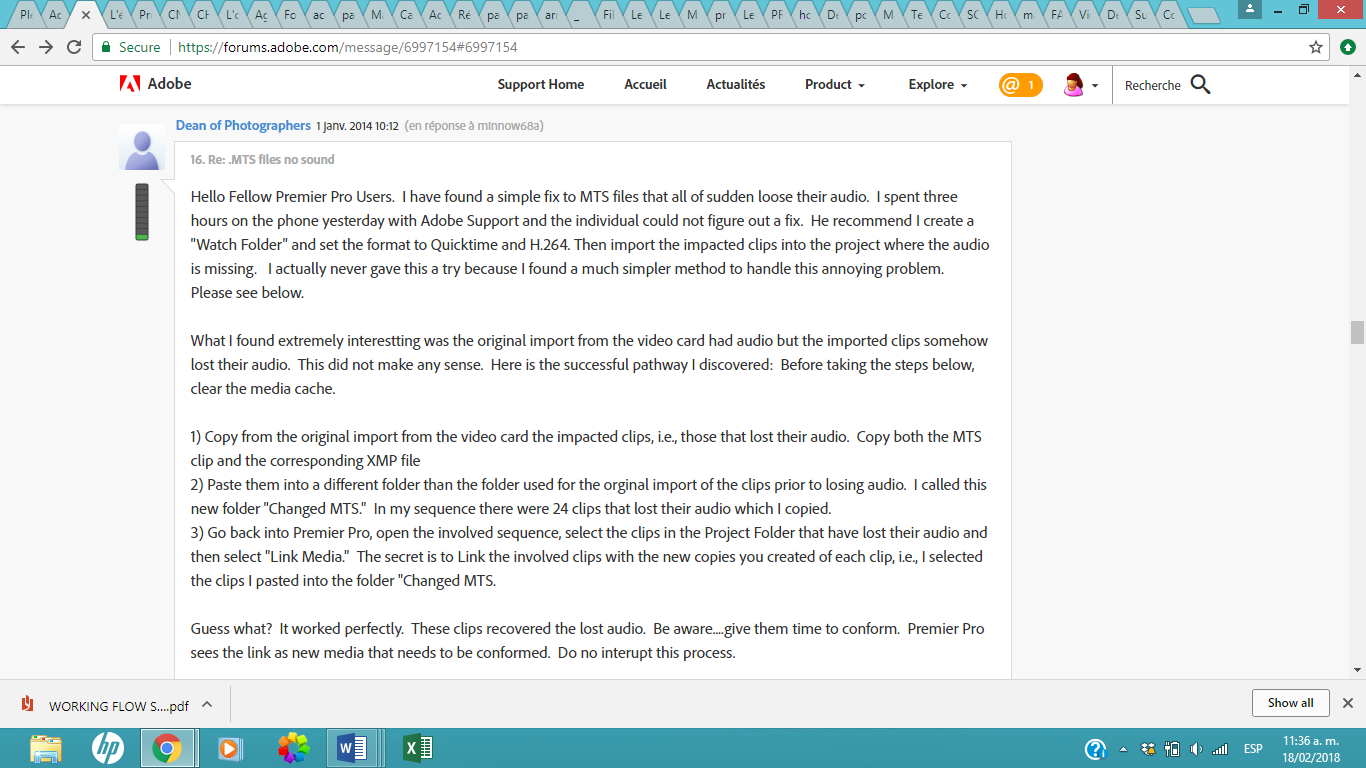

- #Where is the default cache folder for adobe premiere on mac how to
- #Where is the default cache folder for adobe premiere on mac windows 10
- #Where is the default cache folder for adobe premiere on mac free
- #Where is the default cache folder for adobe premiere on mac mac

#Where is the default cache folder for adobe premiere on mac mac
If, for some reason, these files don't clear, then reboot your Mac in Safe Mode. This deletes the unnecessary contents, caches, and temporary items in /tmp, /private/var, and /private/var/folders. When you reboot your Mac, you trigger the built-in cache clearing mechanisms. To safely remove these files, quit all apps, shut down your Mac. You'd then be stuck reinstalling macOS from scratch. Doing so might damage core macOS files, corrupt document data, and prevent your Mac from booting or behaving as expected.

You should not attempt to manually delete files from any of the /private/var directories, even if they're large. The C folder represents Cache, while T is for Temporary files. As you navigate the folder tree, explore these three folders. To open the location of system cached and temporary files, launch a Terminal window and type the following: open $TMPDIR You'll see a two-character folder name with long, seemingly random subfolder names. Press Cmd + Shift + G to bring up the Go to Folder box and enter /private/var/folders. The simplest way to find the /private/var folder is through the Finder Go to Folder menu.
#Where is the default cache folder for adobe premiere on mac how to
Related: How to See Hidden Files on Your Mac Location of /private/var/folders Thus, you might wonder whether it's safe to delete the contents of /private/var/folders or not. Sometimes items in these directories can take up vast amounts of disk space. You can manually delete this cache without any third-party tools.īut the files in the system folder are entirely managed by macOS. The cache and temporary data located in /Library/Caches is under your control. It’s totally safe as I feel that Premiere will create those files again, as they are needed.īut all in all, just remember to Clean the Media Cache Database regularly.MacOS creates several users and system-related cache files to speed up the system. We can go ahead and delete those files manually from the C:\Users\admin\AppData\Roaming\Common\Media Cache Files folder if you need even more additional disk space. The 15.5 GB of files must be those which are of projects that are still active. It didn’t clear everything but I did get back 34.4 GBs which were consumed by useless files. I can right click on it to see its properties.Īfter cleaning up the cache by following the steps above, the folder is just 15.5 GB. If you have not guessed it already, the largest files are stored in the Media Cache Files sub-folder. When I browse to the folder, I see four more sub-folders-AME, Media Cache, Media Cache Files and PTX. It might be different depending upon your operating system. In my case, it is: C:\Users\admin\AppData\Roaming\Common. On the preferences screen, you also must have noticed that the directory which is used by Adobe Premiere for storing its media cache files.

It takes a few moments for the process to complete and a progress bar will notify you.Īfter completion, a significant amount of disk space is cleared. Hit Ok to close the Preferences dialog.Under Media Cache Database, click on Clean.
#Where is the default cache folder for adobe premiere on mac windows 10
I use Windows 10 and Adobe Premiere Pro CC.
#Where is the default cache folder for adobe premiere on mac free
So, this post is dedicated to help you and even help me remember how to clear Media Cache Database stored by Adobe Premier to free up consumed disk space that’s as high as 50 GB. You have to clear this cache manually to free up disk space. It seems to be the limit and this limit is eating up 10% of my hard drive. Right now, in my computer, I can see that around 50 GB (49.9 GB) of storage is used up by the Media Cache Database. Yes, when you have a project, those cache files makes sense but they seem to stay even after a project is deleted. Premiere doesn’t seem to clean up those files just to free up your valuable drives. And when you have media files in your cache, know that they consume a large percentage of your hard drive.Premiere doesn’t seem Adobe Premiere also stores those videos in its Media Cache Database for quick access. Granted that it edits videos and videos are large in size and when you have such large files in your computer, you are bound to use a lot of storage. If you happen to use Adobe Premiere Pro to edit and publish videos, then you might have noticed that a large amount of disk space is consumed by it.


 0 kommentar(er)
0 kommentar(er)
